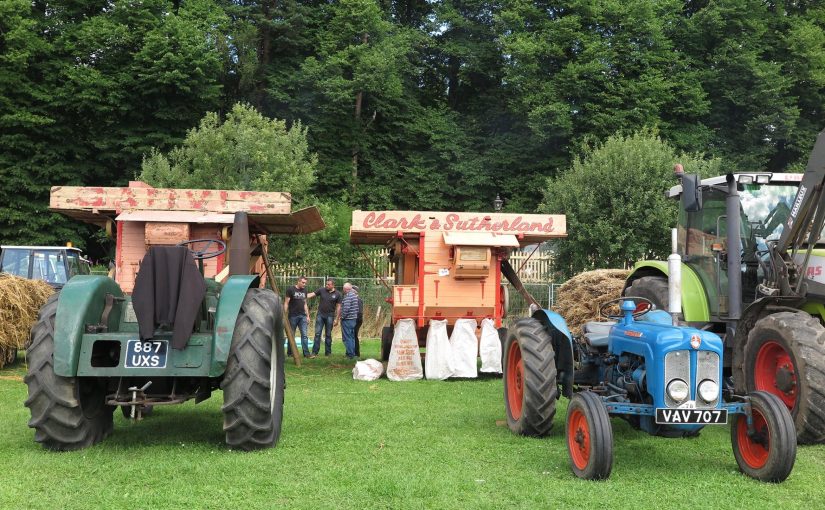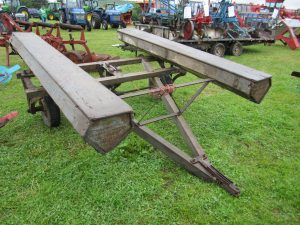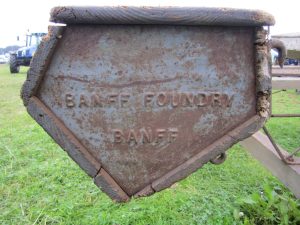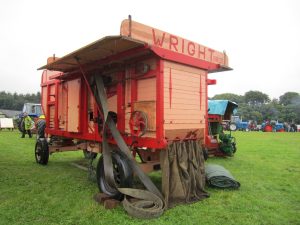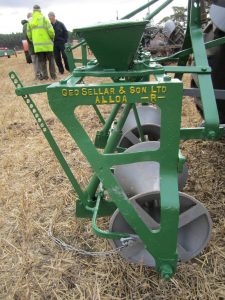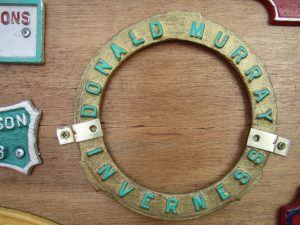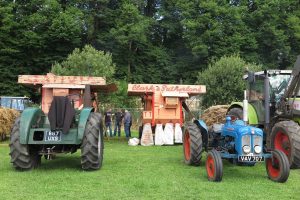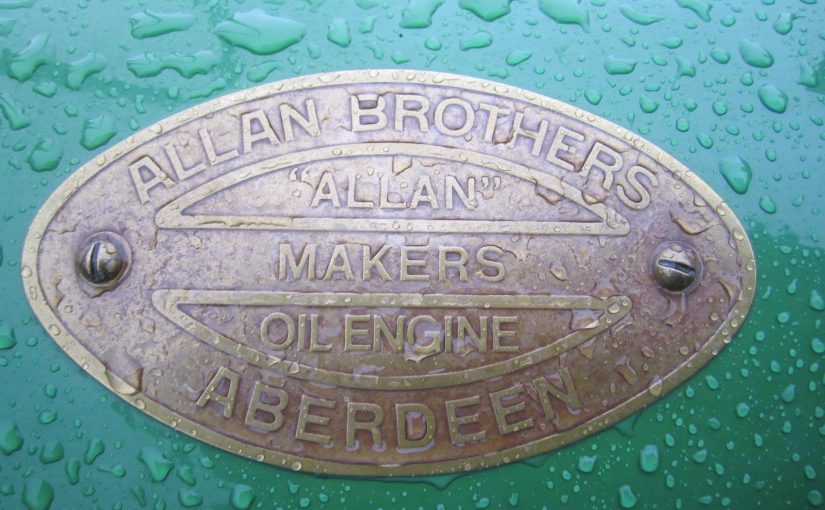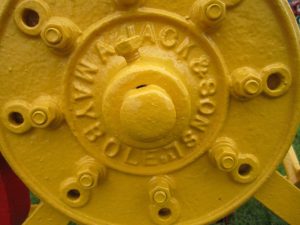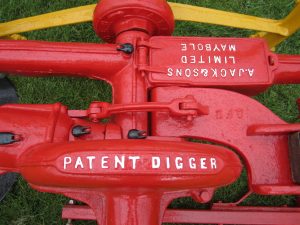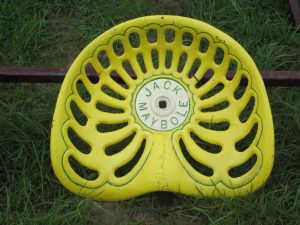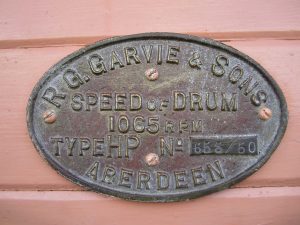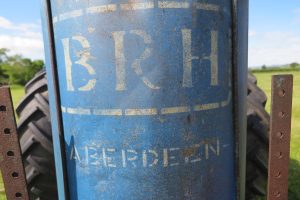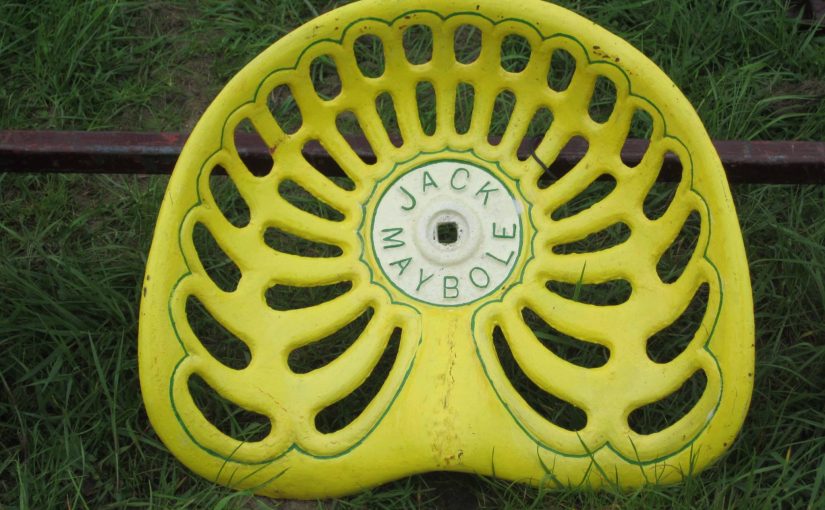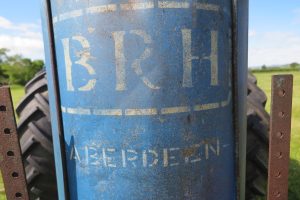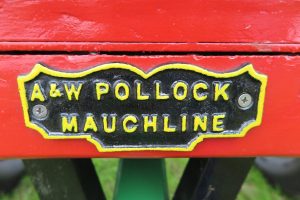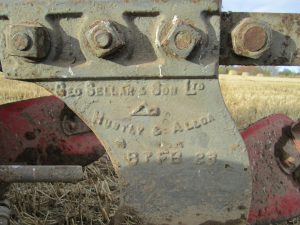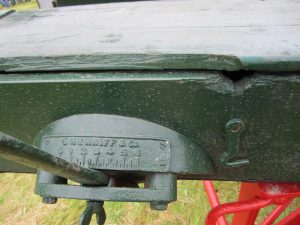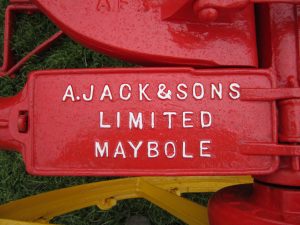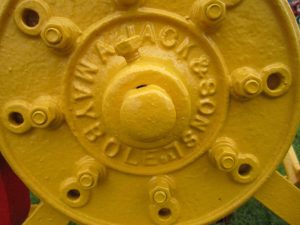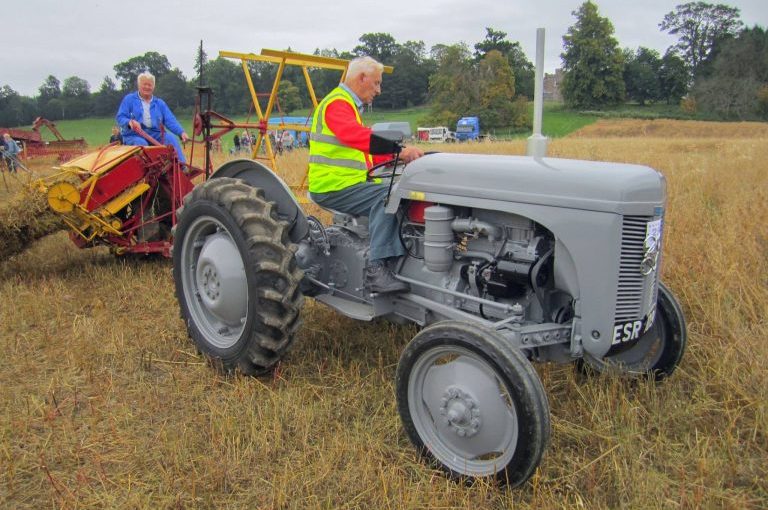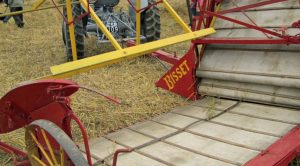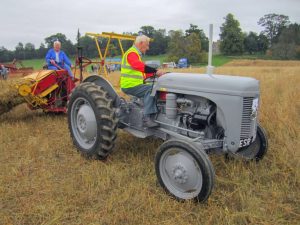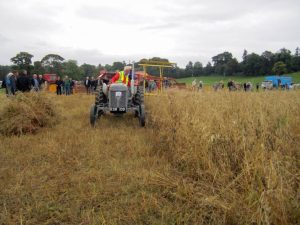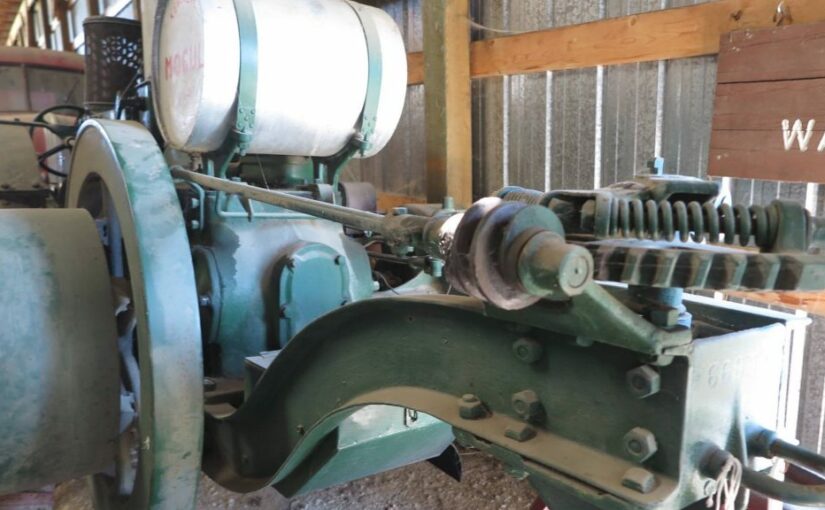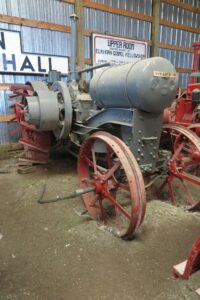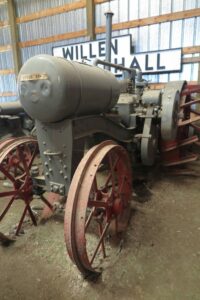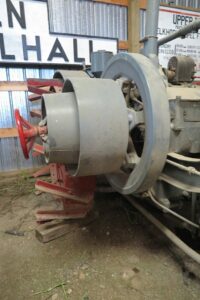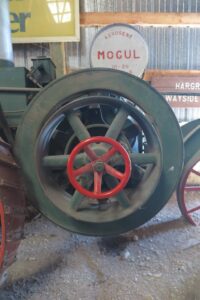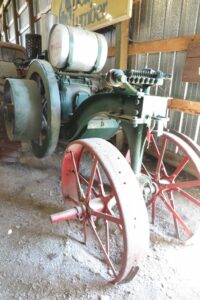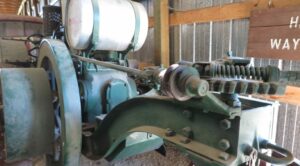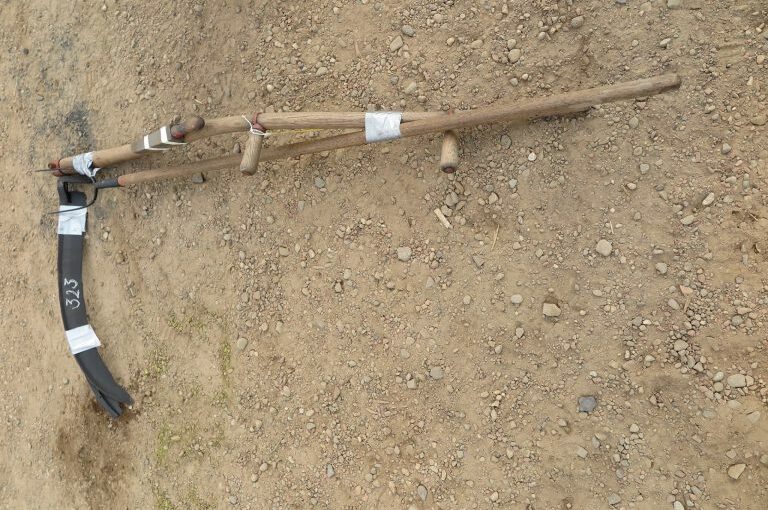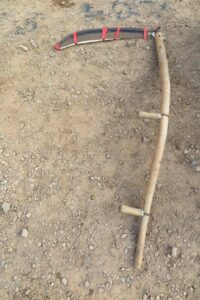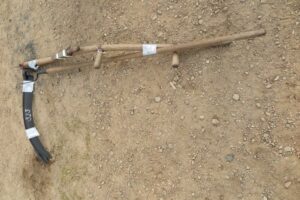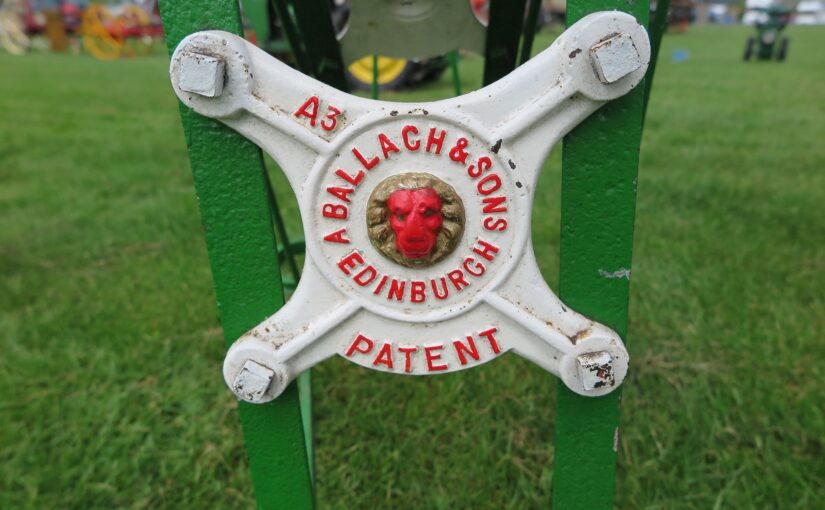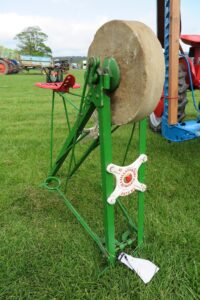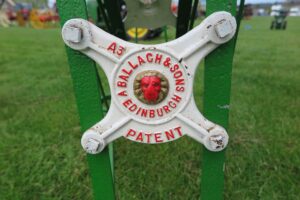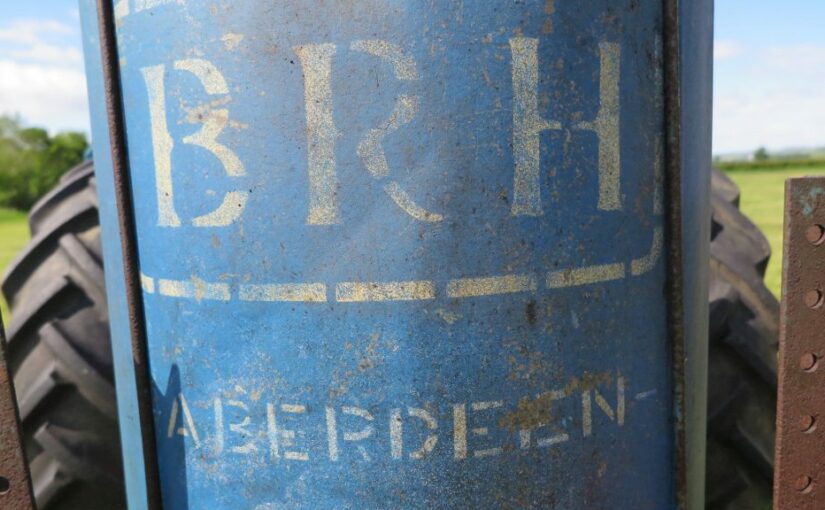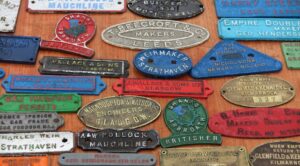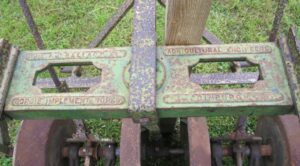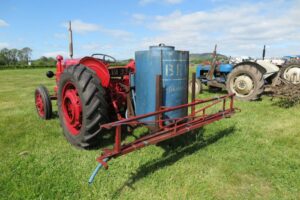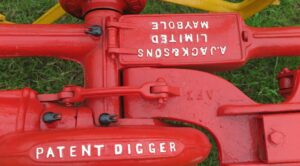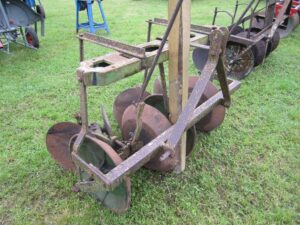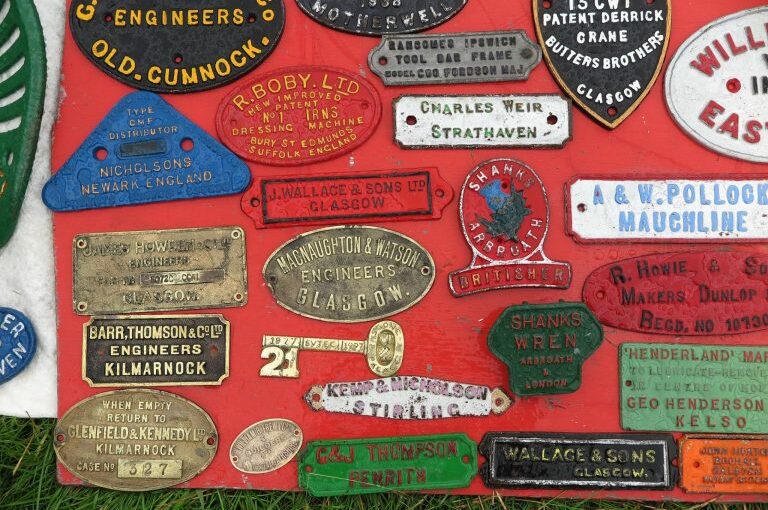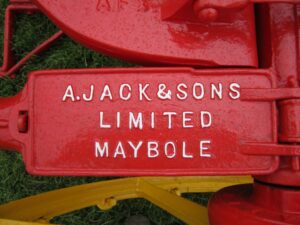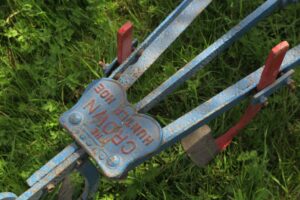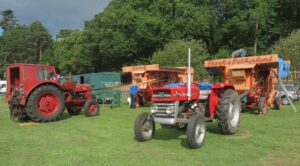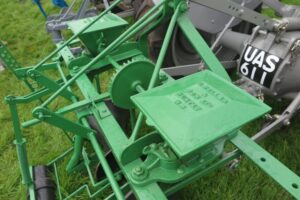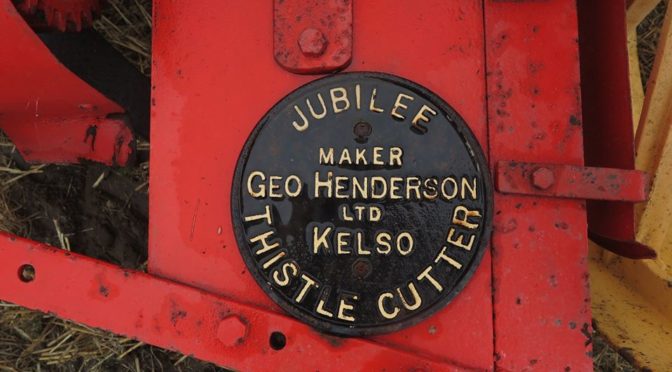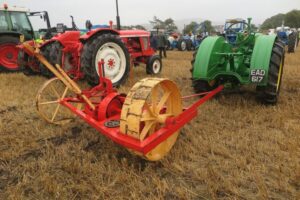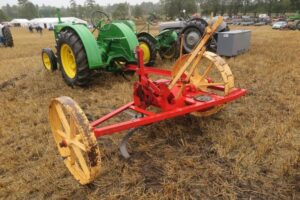The Aberdeen press and journal was an important newspaper for advertising displenishing sales for Aberdeenshire and the north-east of Scotland. Auctioneers placed adverts in it, usually a short time in advance of a sale, noting where and when it would take place and the name of the auctioneering company undertaking it. They also often listed the names of farms and the dates of sales well in advance. Most of the sales took place before the May and November terms (Martinmas), with the latter month being the most important.
Regardless of the auctioneer, the adverts had a similar format in the way that they listed the implements and machines for sale. They usually start with the carts, followed by either the ploughing and cultivating implements or the harvesting ones. Then there are the
“indoor” implements and machines associated with the barn and farm steading. They usually conclude with the miscellaneous items or the hand tools.
The adverts in The Aberdeen press and journal on 28 April 1941 suggest that they were for small farms, still using horse rather than tractor power. They comprise the main types of implements and machines expected to undertake work, though there is a predominatly greater number of hand tools than on larger farms. There is an emphasis on turnip rather than potato culture.
Quarrylea, Whiterashes
Implements – 2 sets pony harness, stone roller, box cart with tops (rubber tyres), pony rake, drag rake, box barrow (rubber wheel), peat barrow, single plough, set iron harrows, ladders, rakes, forks, graips, posts, mail, picks, wire stretcher, bench, vice, paraffin drum (10 gallons), portable boiler (20 gallons), feeding troughs, pigs’ box, netting wire, fencing wire, scythe, corn chest, barrels, chicken coops with runs, lanterns, brooder, and all minor tools and implements, 5 portable poultry houses.
Brooms, Lethenty, Inverurie
Implements -3 sets cart and plough harness, odd harness, Deering binder (almost new), Deering mower (almost new), 2 box carts with tops, long cart body, horse rake, grubber, 3 sets iron harrows, set wooden harrows, chain harrows, broadcast, metal and stone rollers, drag, S. T. harrows, shim, 2 single ploughs, 2 D. B. ploughs, turnip hasher, barn fan, yokes and swingletrees, steelyard and weights, bushel and straik, ladders, rope yarn, box barrow, posts, and all the usual minor tools and implements.
East Camaloun, Fyvie
Implements etc-2 box carts with tops, 2 long carts, spring cart, gig, 2 sets cart and plough harness, odd harness, Massey Harris binder, broadcast, set iron harrows, set wooden harrows, grubber, S. T. harrows, chain harrows, shim, stone roller, metal roller, turnip sower, single plough, D. B. plough, steelyard and weights, sack lifter, bushel and straik, barn fan, box barrows, turnip hasher, feeding troughs, Paraffin drum, horse rake, ladders, rope yarn, and all minor tools and implements; 4 portable poultry houses, chicken coops, etc.
Neilsbrae, Fintray
Implements -2 box carts with tops, new pole grubber, drag, spring tooth, iron harrows, chain harrows, single ploughs, drill ploughs, Albion binder, mower, horse rake, turnip sowing machine, metal roller, stone roller, shim, barn fan, weighing machine and weights, bushel, barrows, ladders, turnip hashers, sculls, 2 sets cart and plough harness, drag and hand rakes, rick nets, coir yarn, ladders, posts, wire strainer, stack cover, feeding bins and troughs, hay knife, netting wire, pig box, 5 portable poultry houses, chicken coops, feeders, water fountains, grindstone, bench, scrap metal, picks, scythes, spades, forks, graips, hoes, shovels, brushes, happers, single-barrelled gun, yokes and swingle trees, and the usual assortment of minor farm tools.
Westhall, Kincardine O’Neill
Implement – 3 box carts, long cart body, drag, sporing tooth, single plough, D. B. plough, iron harrows, shim, 2 stone rollers, binder, reaper and rake, horse rake, turnip sowing machine, barn fan, weighing machine and weights, 2 sets cart and plough harness, fencing posts, wire and wire netting, sack barrow, box harrow, 2 peat barrows, grindstone, ladders, hasher, pulper, sculls, troughs, barrels, wire strainer, 3 poultry houses, Ferret hutch, Gloucester Incubator, 2 indoor hoovers, foster mother, happer, scythes, forks, picks, spades, shovels, hoes, graips, rakes, cross-cut saws, yokes, and swingle trees, and the usual assortment of minor tools. Chicken raising houses and other rearing facilities are also noted.
Brooms, Lethenty, Inverurie
Implements -3 sets cart and plough harness, odd harness, Deering binder (almost new), Deering mower (almost new), 2 box carts with tops, long cart body, horse rake, grubber, 3 sets iron harrows, set wooden harrows, chain harrows, broadcast, metal and stone rollers, drag, S. T. harrows, shim, 2 single ploughs, 2 D. B. ploughs, turnip hasher, barn fan, yokes and swingletrees, steelyard and weights, bushel and straik, ladders, rope yarn, box barrow, posts, and all the usual minor tools and implements.
East Camaloun, Fyvie
Implements etc-2 box carts with tops, 2 long carts, spring cart, gig, 2 sets cart and plough harness, odd harness, Massey Harris binder, broadcast, set iron harrows, set wooden harrows, grubber, S. T. harrows, chain harrows, shim, stone roller, metal roller, turnip sower, single plough, D. B. plough, steelyard and weights, sack lifter, bushel and straik, barn fan, box barrows, turnip hasher, feeding troughs, Paraffin drum, horse rake, ladders, rope yarn, and all minor tools and implements; 4 portable poultry houses, chicken coops, etc.
Neilsbrae, Fintray
Implements -2 box carts with tops, new pole grubber, drag, spring tooth, iron harrows, chain harrows, single ploughs, drill ploughs, Albion binder, mower, horse rake, turnip sowing machine, metal roller, stone roller, shim, barn fan, weighing machine and weights, bushel, barrows, ladders, turnip hashers, sculls, 2 sets cart and plough harness, drag and hand rakes, rick nets, coir yarn, ladders, posts, wire strainer, stack cover, feeding bins and troughs, hay knife, netting wire, pig box, 5 portable poultry houses, chicken coops, feeders, water fountains, grindstone, bench, scrap metal, picks, scythes, spades, forks, graips, hoes, shovels, brushes, happers, single-barrelled gun, yokes and swingle trees, and the usual assortment of minor farm tools.
Westhall, Kincardine O’Neill
Implement – 3 box carts, long cart body, drag, sporing tooth, single plough, D. B. plough, iron harrows, shim, 2 stone rollers, binder, reaper and rake, horse rake, turnip sowing machine, barn fan, weighing machine and weights, 2 sets cart and plough harness, fencing posts, wire and wire netting, sack barrow, box harrow, 2 peat barrows, grindstone, ladders, hasher, pulper, sculls, troughs, barrels, wire strainer, 3 poultry houses, Ferret hutch, Gloucester Incubator, 2 indoor hoovers, foster mother, happer, scythes, forks, picks, spades, shovels, hoes, graips, rakes, cross-cut saws, yokes, and swingle trees, and the usual assortment of minor tools. Chicken raising houses and other rearing facilities are also noted.
